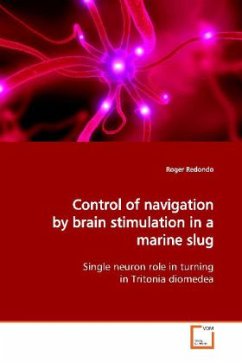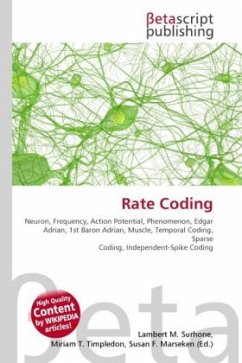
New Methods: Brain electrophysiology in freely walking honeybees
Brain recordings in social insects during real and virtual navigation: decision making, drugs, ripples and replay
Versandkostenfrei!
Versandfertig in 6-10 Tagen
53,99 €
inkl. MwSt.

PAYBACK Punkte
27 °P sammeln!
Insects are presently the most successfull taxon with respect to the number of individuals and species. They are economically as well as ecologically important, as for example honeybees. Insects developed a huge variety of locomotor strategies, the most important ones are walking and flight. Due to their small size, electrophysiology has mostly been done in restrained insects. The development of chronically implantable micro plugs for long-term extracellular brain recordings in eusocial insects, like honeybees and hornets led to astonishing results: place related spiking activity during real a...
Insects are presently the most successfull taxon with respect to the number of individuals and species. They are economically as well as ecologically important, as for example honeybees. Insects developed a huge variety of locomotor strategies, the most important ones are walking and flight. Due to their small size, electrophysiology has mostly been done in restrained insects. The development of chronically implantable micro plugs for long-term extracellular brain recordings in eusocial insects, like honeybees and hornets led to astonishing results: place related spiking activity during real and virtual navigation as well as associated local field potentials and probably replay of these patterns during sleep phases. Are map like spatial coding strategies, as they are documented for the rodent hippocampus, also realized in comparatively small insect brains, with approximately 1.000.000 Neurons?












